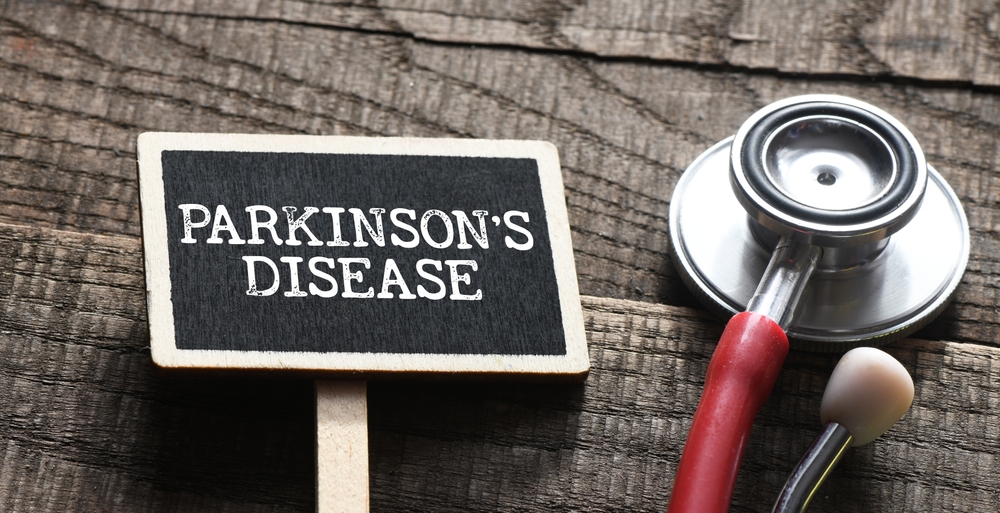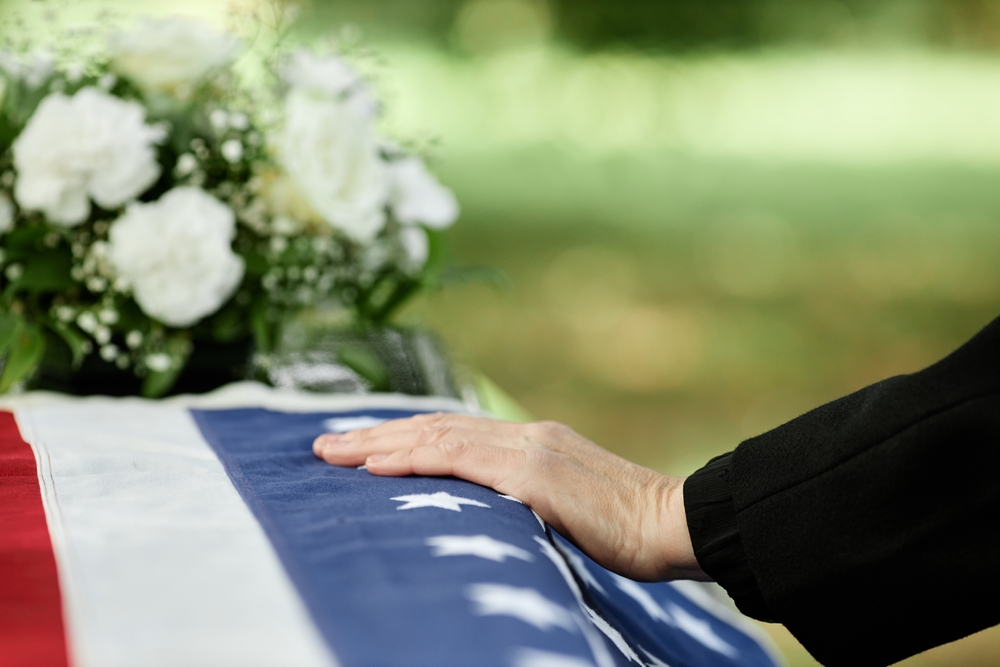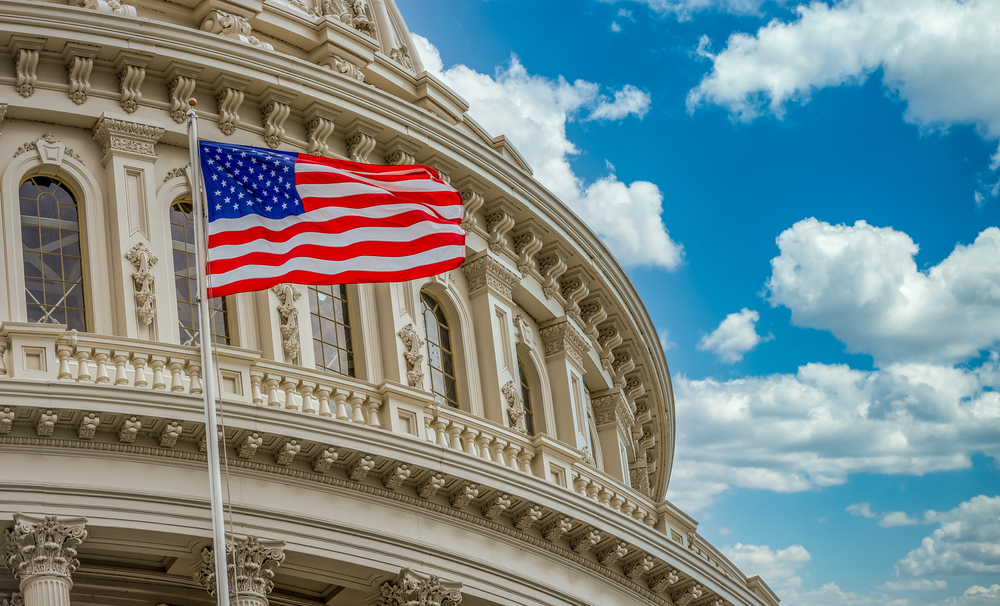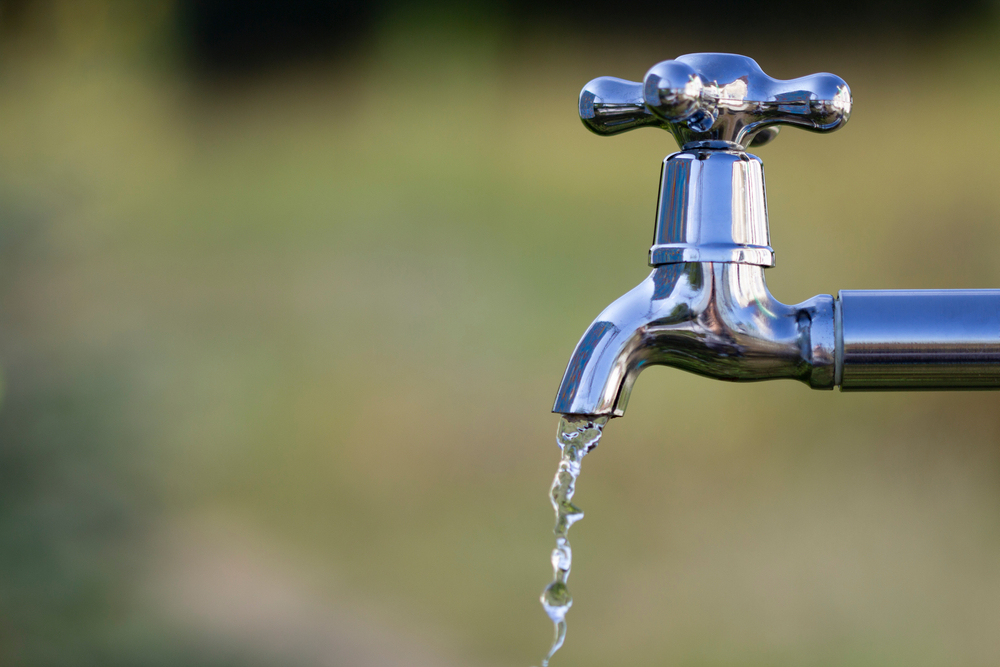How Did Camp Lejeune Water Get Contaminated?
For more than 30 years, service members and their families stationed at a military base in North Carolina unknowingly drank and bathed in water contaminated with hazardous chemicals. In the 1980s, Camp Lejeune in Jacksonville, NC, tested its water supply for environmental toxins. The base found chemicals like trichloroethylene, tetrachloroethylene, benzene, and vinyl chloride. Researchers say these toxins increase the risk of various cancers, congenital disabilities, and Parkinson’s disease. More than a million people lived at Camp Lejeune during the contamination period.
Servicemembers cannot sue the government for injuries sustained during military service, but U.S. legislators are attempting to create an exception. The bipartisan Honoring Our PACT Act, which includes the Camp Lejeune Justice Act, is still making its way through the legislative process. If it becomes law as expected, the bill will allow Camp Lejeune victims to sue the federal government for damages. Anyone who lived or worked at the base for more than 30 days between August 1, 1953, and December 31, 1987, would be eligible. Widespread water pollution going undetected for decades seems unfathomable, but multiple failures led to the disaster at Camp Lejeune.
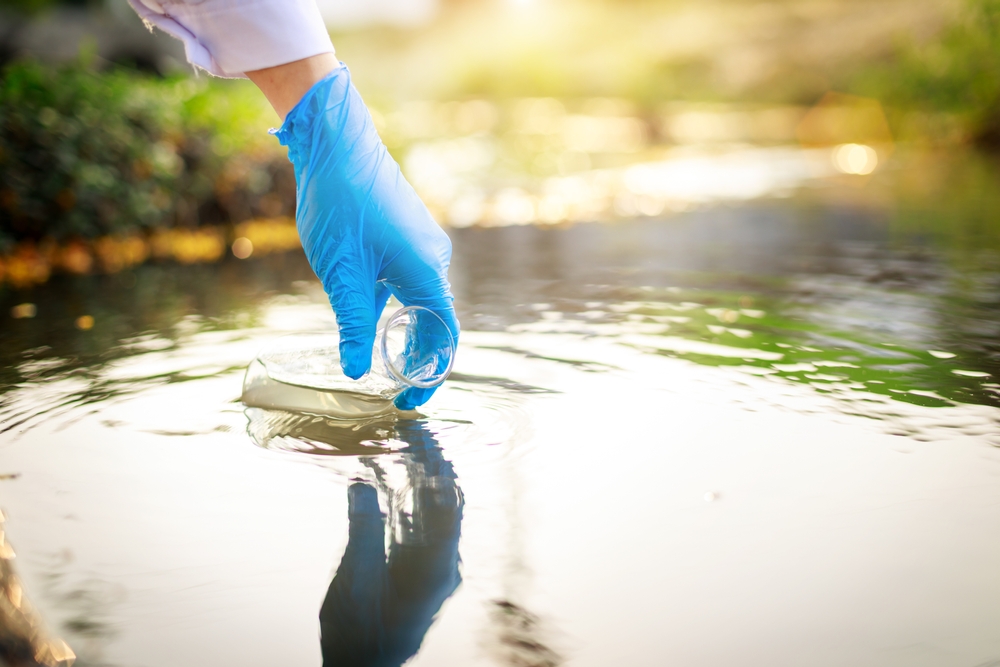
What Caused the Camp Lejeune Water Contamination?
Tetrachloroethylene (PCE) is a dry cleaning solvent that was one of the primary Camp Lejeune water contaminants. The chemical entered the water due to a dry cleaning company located off-base. Because of the improper waste disposal practices at ABC One-Hour Cleaners, PCE leaked into the base’s water supply. The septic tank system on the property released the chemical into soil and groundwater, and PCE was also buried onsite. As a result, the contaminant poisoned a water treatment plant that served Tarawa Terrace, a housing community with 6,200 residents. The one-acre dry-cleaning site was demolished in 2017, and only the foundation remains. It is now an EPA Superfund Site awaiting federal cleanup.
While the dry cleaning site was responsible for some of the contamination at Camp Lejeune, it wasn’t the only source. The Hadnot Point water system served barracks, recreational areas, schools, and the hospital on base. High levels of trichloroethylene, or TCE, were found in the water supply. TCE is a solvent used to clean metal parts during manufacturing. A report from the National Research Council found that there were likely multiple sources of contamination, including leaks from underground storage tanks and spills at industrial sites.
In the 1980s, the Marine Corps found shocking pollution levels in the water at Camp Lejeune. The EPA’s allowed amount of TCE in drinking water is five parts per billion (ppb). At Hadnot Point, contaminant levels were as high as 1,400 ppb. The Tarawa Terrace system also had unacceptable levels of toxins. Tests detected PCE levels up to 215 ppb. The current limit is 5ppb.
TCE and PCE weren’t the only chemicals detected in the Camp Lejeune water supply. Benzene, a known carcinogen, was found in the water wells, along with 70 unidentified secondary chemicals. Because the base didn’t reveal the severity of the pollution until decades after it began, the people stationed at Camp Lejeune had no idea they’d put themselves and their families at risk by bathing and drinking water.
Relief For Camp Lejeune Veterans
The chemicals that infiltrated the water supply weren’t meant for human consumption, especially in high doses. They’ve been linked to various serious conditions, including bladder, kidney, and liver cancers, multiple myeloma, Non-Hodgkin’s lymphoma, Parkinson’s disease, and aplastic anemia. It’s unclear how many of those exposed to the polluted water later became seriously ill, but studies have shown a higher number of cancer deaths among veterans who served on the base.
The U.S. government offers some relief for military veterans and families who served at Camp Lejeune during the contamination period. The Camp Lejeune Families Act of 2012 allows anyone who served on the base for at least 30 days between August 1, 1953, and December 31, 1987, to receive care from the VA, regardless of whether they were injured by toxic exposure. But lawmakers are pushing for more aggressive action for the veterans, families, and civilians who became sick after consuming the water.
Once the Honoring Our PACT Act of 2022 is signed into law, it will give anyone injured by toxic exposure a chance to file a Camp Lejeune lawsuit. The law will make it easier for victims to pursue legal action because it removes the restrictions imposed by North Carolina’s strict statute of repose. For two years, veterans and their families with health conditions linked to toxic water exposure will be able to sue the federal government without fear that they’ve missed their chance to seek justice.
Water contamination victims don’t need to go through learning about the Camp Lejeune lawsuit process under the PACT Act on their own. A Camp Lejeune attorney can assist with filing a claim and, if necessary, file a lawsuit if a settlement isn’t reached.








